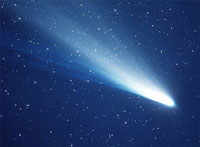 I's among the most ancient of questions: What are the origins of life on Earth? A new experiment simulating conditions in deep space reveals that the complex building blocks of life could have been created on icy interplanetary dust and then carried to Earth, jump-starting life.
I's among the most ancient of questions: What are the origins of life on Earth? A new experiment simulating conditions in deep space reveals that the complex building blocks of life could have been created on icy interplanetary dust and then carried to Earth, jump-starting life.
Mar 5th, 2013
Read more
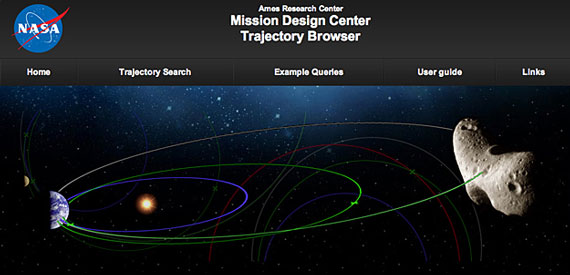 A small group of engineers at NASA's Ames Research Center, Moffett Field, Calif., have launched a new web-based tool for scientists and engineers to use when designing spacecraft trajectories to interplanetary destinations.
A small group of engineers at NASA's Ames Research Center, Moffett Field, Calif., have launched a new web-based tool for scientists and engineers to use when designing spacecraft trajectories to interplanetary destinations.
Mar 5th, 2013
Read more
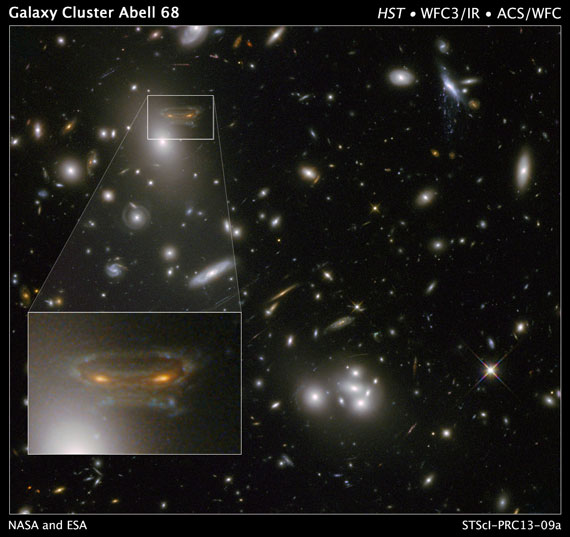 The NASA/ESA Hubble Space Telescope is one of the most powerful available to astronomers, but sometimes it too needs a helping hand. This comes in the form of Einstein's general theory of relativity, which makes galaxy clusters act as natural lenses, amplifying the light coming from very distant galaxies.
The NASA/ESA Hubble Space Telescope is one of the most powerful available to astronomers, but sometimes it too needs a helping hand. This comes in the form of Einstein's general theory of relativity, which makes galaxy clusters act as natural lenses, amplifying the light coming from very distant galaxies.
Mar 5th, 2013
Read more
Flexure Engineering has invited specialists from around the world in fields of cold temperature electronics, DeepCrypo Engineering, Lunar science, and space entrepreneurship to take part in the Third Annual International Lunar Superconductor Applications Workshop.
Mar 5th, 2013
Read more
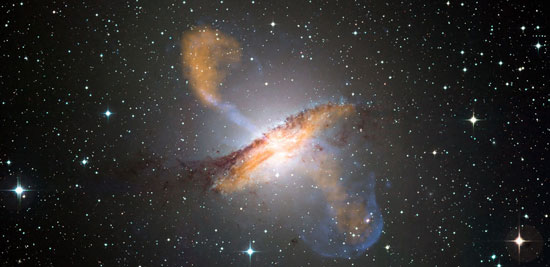 Astronomers have measured the spin of a black hole buried in the heart of a galaxy located 56 million light years away, and discovered it was spinning quickly - about as quickly as it could go.
Astronomers have measured the spin of a black hole buried in the heart of a galaxy located 56 million light years away, and discovered it was spinning quickly - about as quickly as it could go.
Mar 4th, 2013
Read more
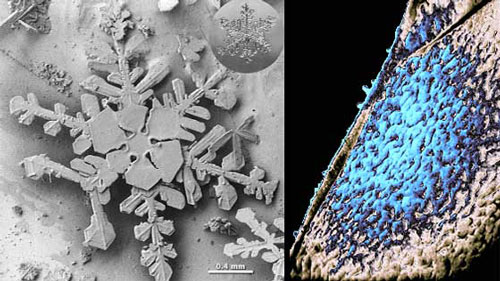 Behind locked doors, in a lab built like a bomb shelter, Perry Gerakines makes something ordinary yet truly alien: ice.
Behind locked doors, in a lab built like a bomb shelter, Perry Gerakines makes something ordinary yet truly alien: ice.
Mar 4th, 2013
Read more
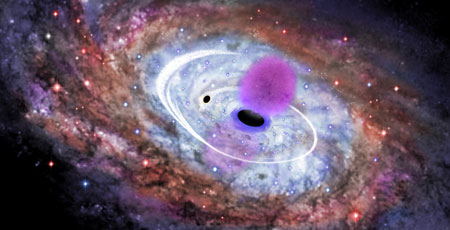 There is growing evidence that several million years ago the center of the Milky Way galaxy was site of all manner of celestial fireworks and a pair of astronomers from Vanderbilt and Georgia Institute of Technology propose that a single event - a black hole collision - can explain all the "forensic" clues.
There is growing evidence that several million years ago the center of the Milky Way galaxy was site of all manner of celestial fireworks and a pair of astronomers from Vanderbilt and Georgia Institute of Technology propose that a single event - a black hole collision - can explain all the "forensic" clues.
Mar 1st, 2013
Read more
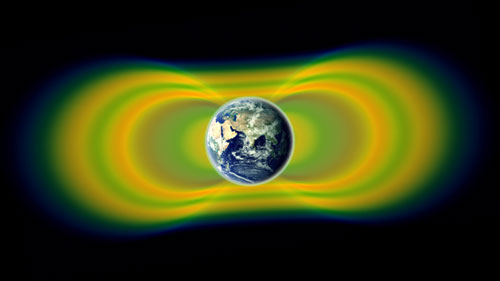 NASA's Van Allen Probes mission has discovered a previously unknown third radiation belt around Earth, revealing the existence of unexpected structures and processes within these hazardous regions of space.
NASA's Van Allen Probes mission has discovered a previously unknown third radiation belt around Earth, revealing the existence of unexpected structures and processes within these hazardous regions of space.
Feb 28th, 2013
Read more
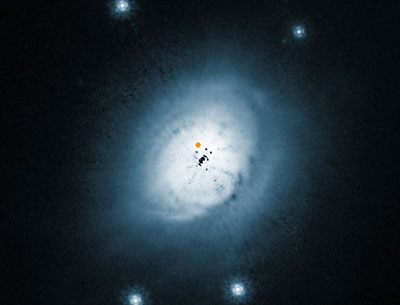 Exoplanet researchers and cosmologists from ETH Zurich have discovered an object that could be a planet in the making. It would be the first time that scientists have succeeded in observing this process.
Exoplanet researchers and cosmologists from ETH Zurich have discovered an object that could be a planet in the making. It would be the first time that scientists have succeeded in observing this process.
Feb 28th, 2013
Read more
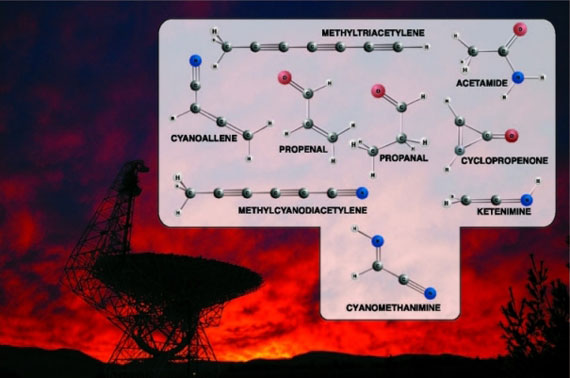 Using new technology at the telescope and in laboratories, researchers have discovered an important pair of prebiotic molecules in interstellar space. The discoveries indicate that some basic chemicals that are key steps on the way to life may have formed on dusty ice grains floating between the stars.
Using new technology at the telescope and in laboratories, researchers have discovered an important pair of prebiotic molecules in interstellar space. The discoveries indicate that some basic chemicals that are key steps on the way to life may have formed on dusty ice grains floating between the stars.
Feb 28th, 2013
Read more
 NASA's Fermi Gamma-ray Space Telescope orbits our planet every 95 minutes, building up increasingly deeper views of the universe with every circuit. Now a Fermi scientist has transformed LAT data of a famous pulsar into a mesmerizing movie that visually encapsulates the spacecraft's complex motion.
NASA's Fermi Gamma-ray Space Telescope orbits our planet every 95 minutes, building up increasingly deeper views of the universe with every circuit. Now a Fermi scientist has transformed LAT data of a famous pulsar into a mesmerizing movie that visually encapsulates the spacecraft's complex motion.
Feb 28th, 2013
Read more
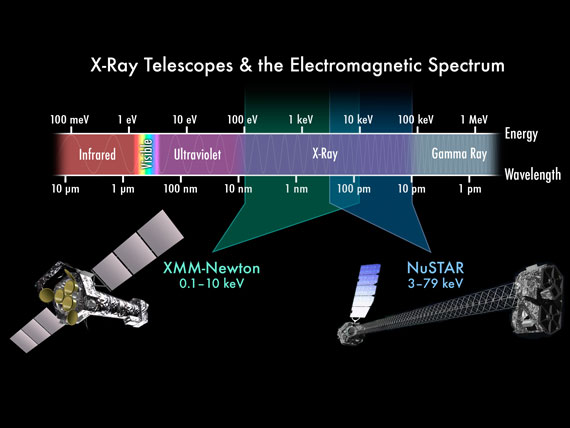 Two X-ray space observatories, NASA's Nuclear Spectroscopic Telescope Array (NuSTAR) and the European Space Agency's XMM-Newton, have teamed up to measure definitively, for the first time, the spin rate of a black hole with a mass 2 million times that of our sun.
Two X-ray space observatories, NASA's Nuclear Spectroscopic Telescope Array (NuSTAR) and the European Space Agency's XMM-Newton, have teamed up to measure definitively, for the first time, the spin rate of a black hole with a mass 2 million times that of our sun.
Feb 27th, 2013
Read more
Observation of two bright exploding stars improves the astronomical "tape measure" that scientists use to calculate the acceleration of the expansion of the universe.
Feb 27th, 2013
Read more
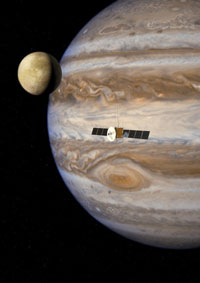 ESA chooses instruments for its Jupiter icy moons explorer.
ESA chooses instruments for its Jupiter icy moons explorer.
Feb 27th, 2013
Read more
Even comparatively small meteorite impact craters may have played a key role in the origin and evolution of early life on Earth, according to a researcher at The University of Western Australia.
Feb 26th, 2013
Read more
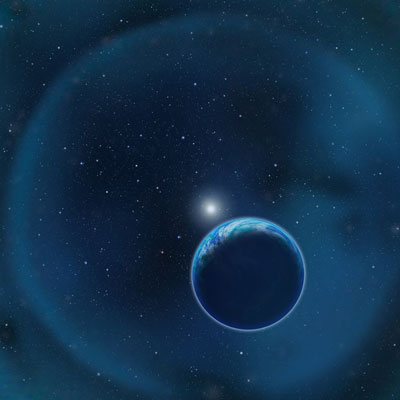 Even dying stars could host planets with life - and if such life exists, we might be able to detect it within the next decade. This encouraging result comes from a new theoretical study of Earth-like planets orbiting white dwarf stars. Researchers found that we could detect oxygen in the atmosphere of a white dwarf's planet much more easily than for an Earth-like planet orbiting a Sun-like star.
Even dying stars could host planets with life - and if such life exists, we might be able to detect it within the next decade. This encouraging result comes from a new theoretical study of Earth-like planets orbiting white dwarf stars. Researchers found that we could detect oxygen in the atmosphere of a white dwarf's planet much more easily than for an Earth-like planet orbiting a Sun-like star.
Feb 26th, 2013
Read more
Canada helps push the boundaries of astronomy with the next wave of smaller satellites.
Feb 22nd, 2013
Read more
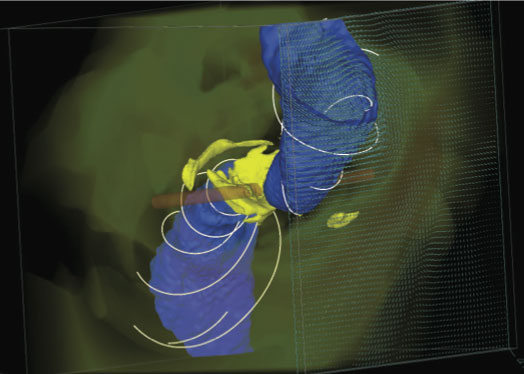 Black holes shape the growth and death of the stars around them through their powerful gravitational pull and explosive ejections of energy. In a recent Science paper, researchers predicted the formation of accretion disks and relativistic jets that warp and bend more than previously thought, shaped by the extreme gravity of the black hole and by powerful magnetic forces generated by its spin.
Black holes shape the growth and death of the stars around them through their powerful gravitational pull and explosive ejections of energy. In a recent Science paper, researchers predicted the formation of accretion disks and relativistic jets that warp and bend more than previously thought, shaped by the extreme gravity of the black hole and by powerful magnetic forces generated by its spin.
Feb 21st, 2013
Read more
 I's among the most ancient of questions: What are the origins of life on Earth? A new experiment simulating conditions in deep space reveals that the complex building blocks of life could have been created on icy interplanetary dust and then carried to Earth, jump-starting life.
I's among the most ancient of questions: What are the origins of life on Earth? A new experiment simulating conditions in deep space reveals that the complex building blocks of life could have been created on icy interplanetary dust and then carried to Earth, jump-starting life.
 Subscribe to our Space Exploration News feed
Subscribe to our Space Exploration News feed











